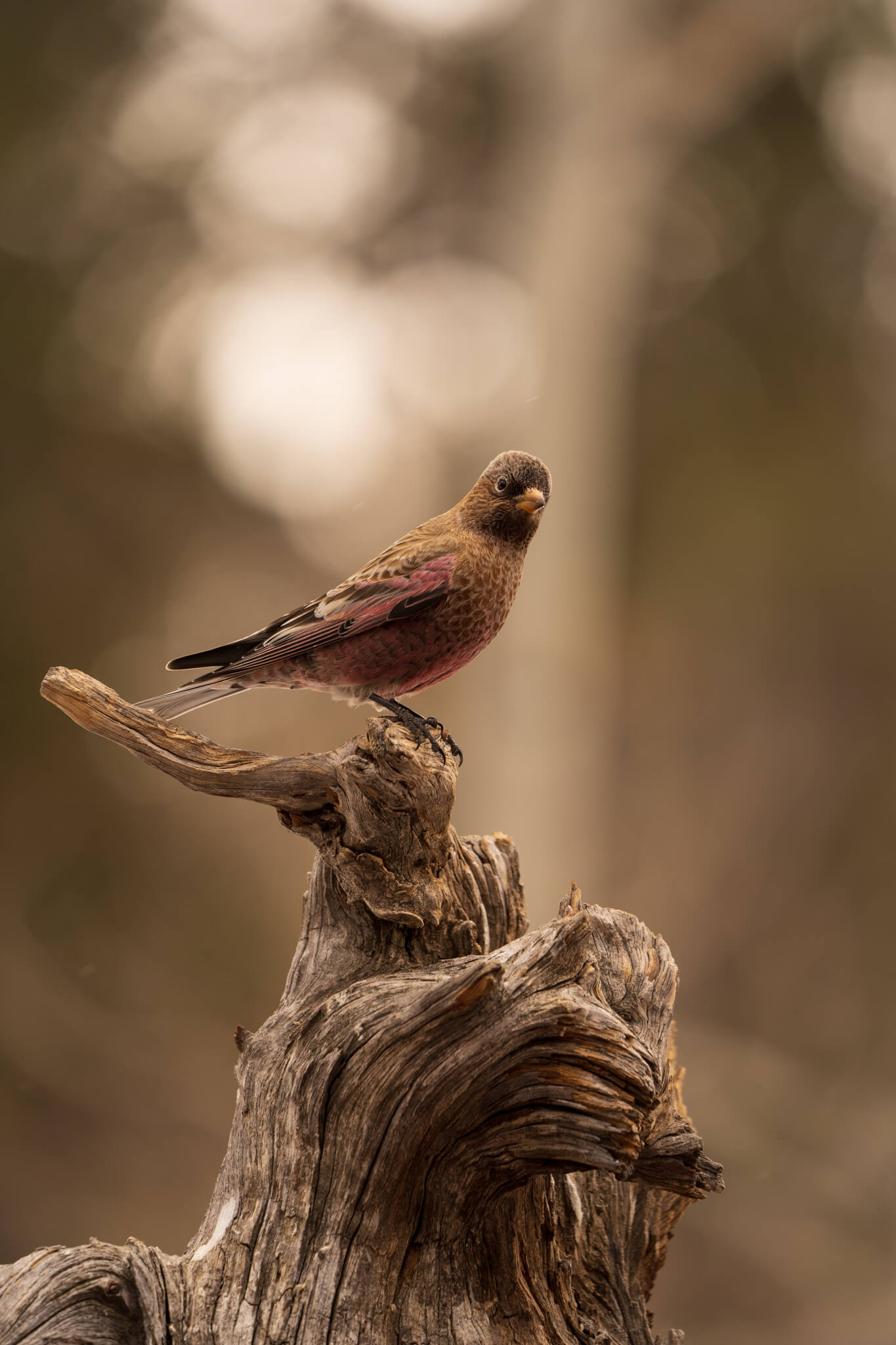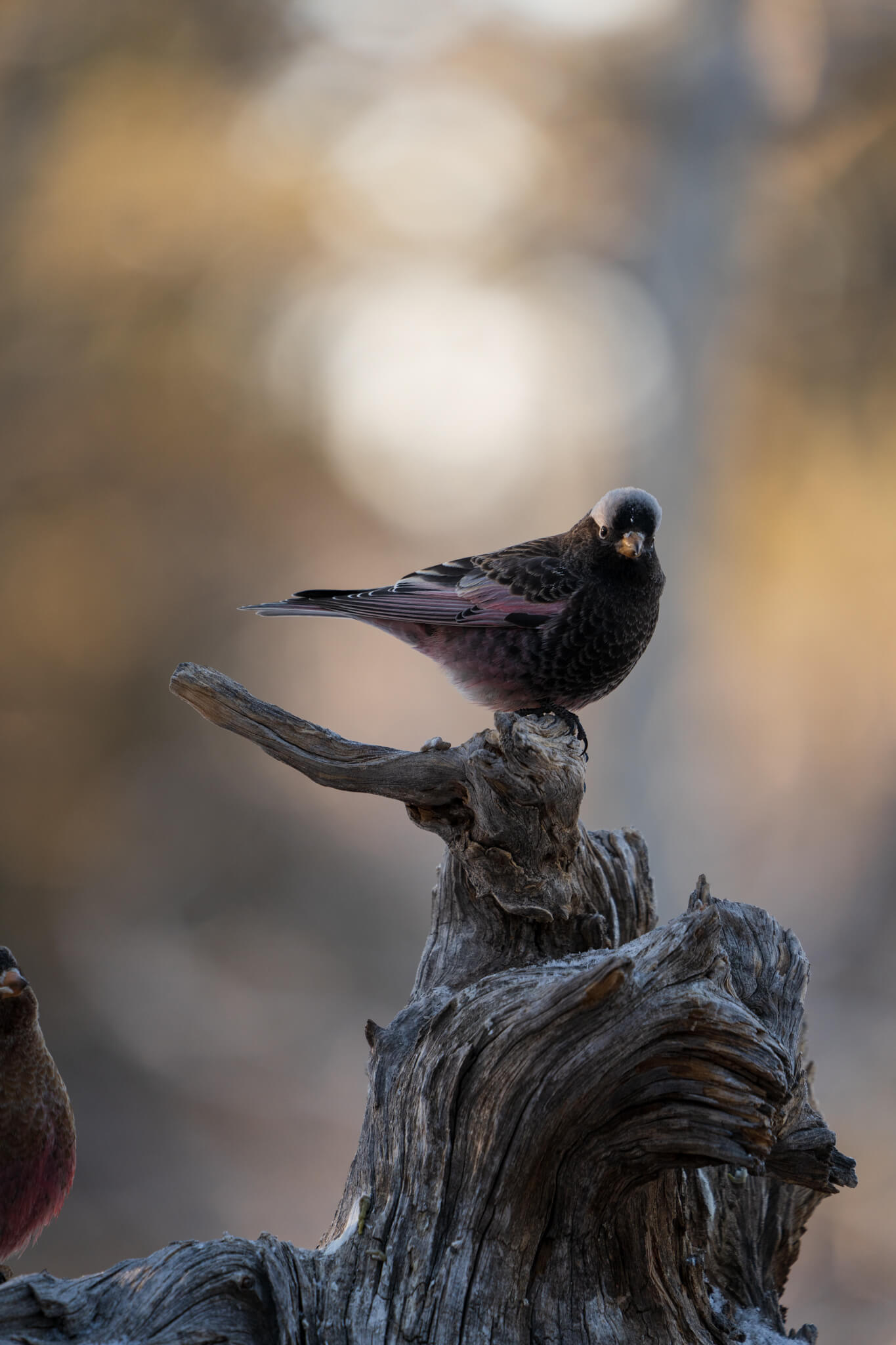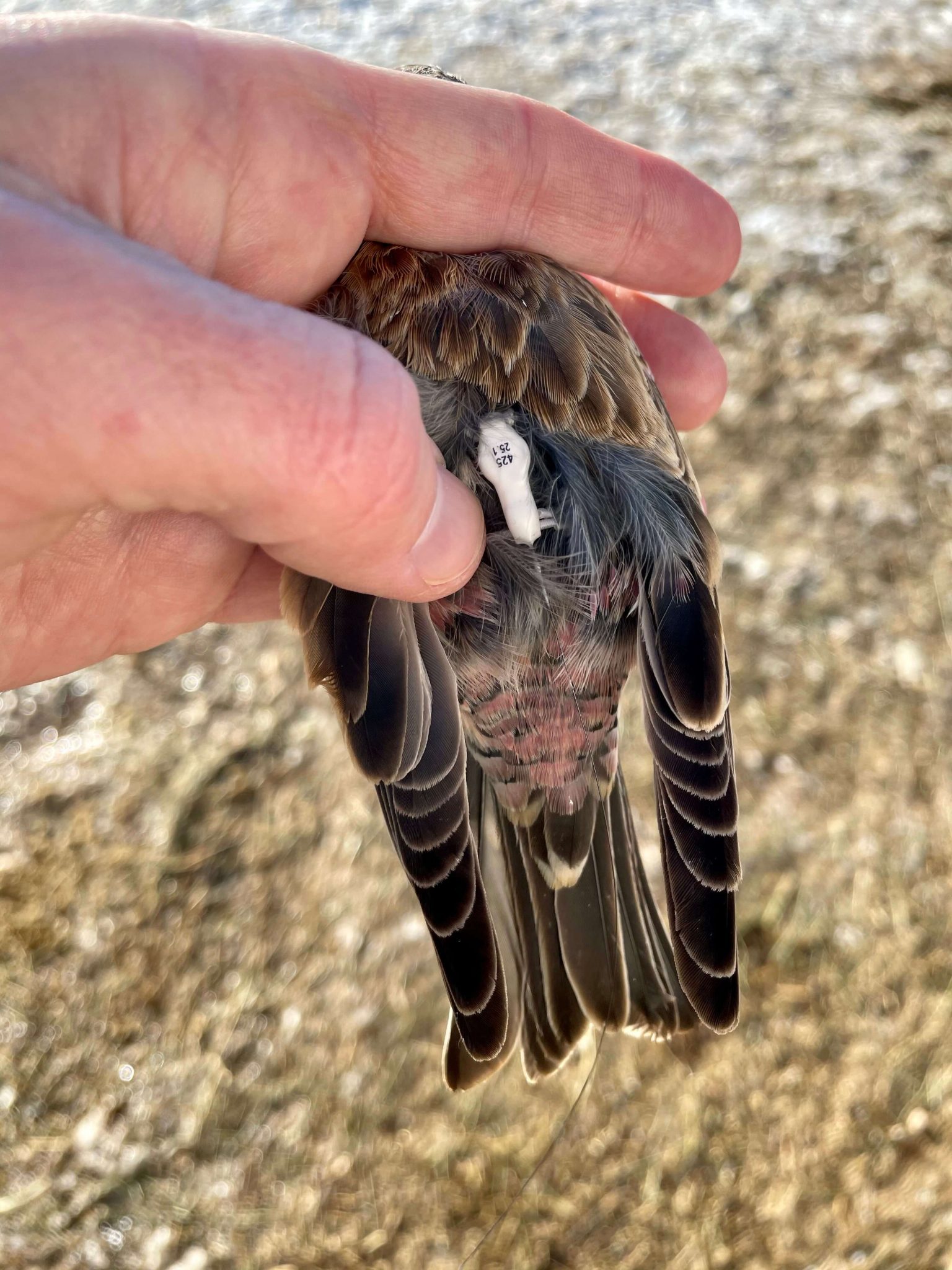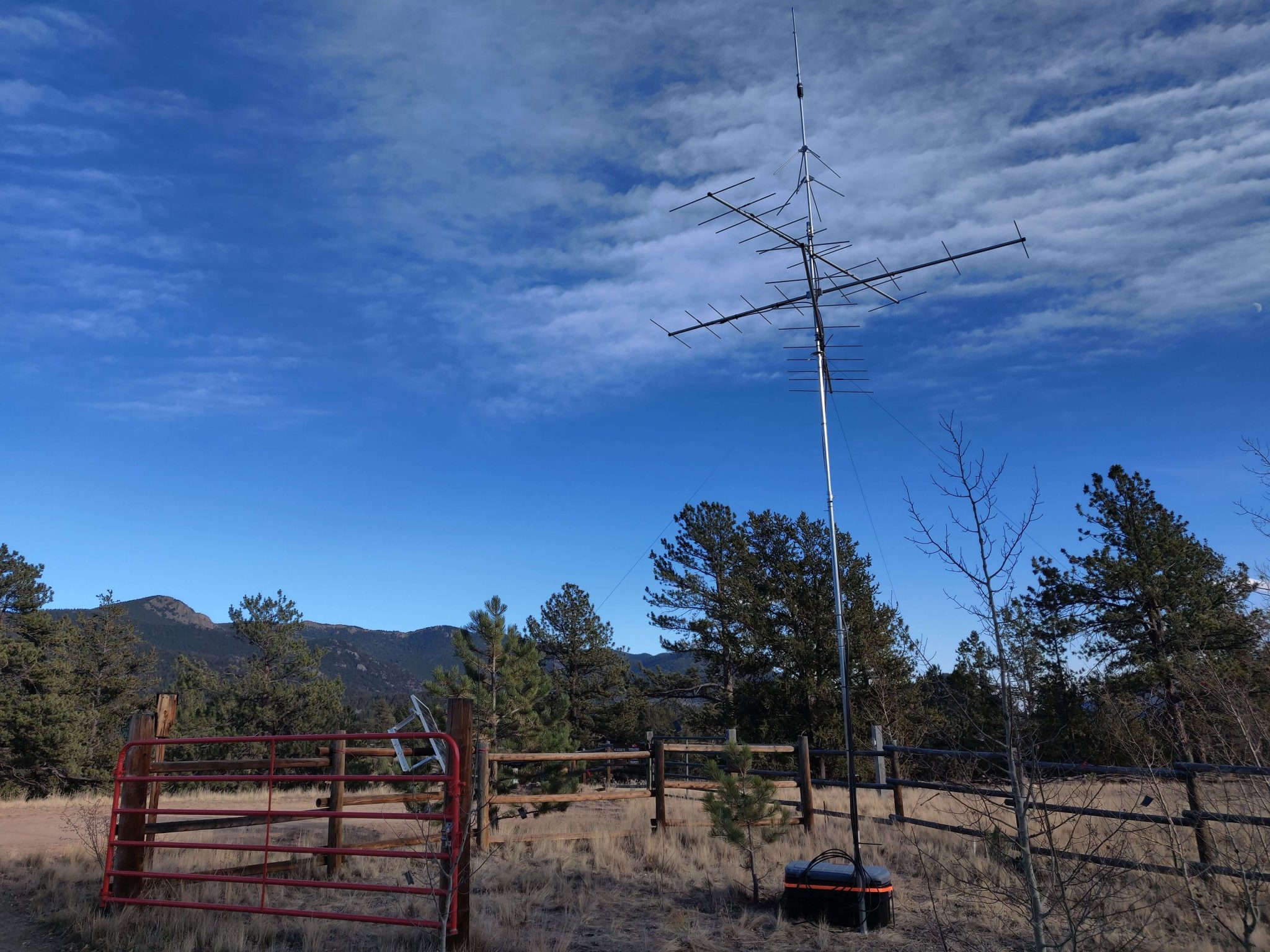Using Motus to track rosy-finches in Colorado
Birds have amazing physiological adaptations that enable them to travel thousands of miles or endure extreme environmental conditions. For example, birds that live in high alpine environments have larger lungs and increased hemoglobin in their blood to increase oxygen uptake to deal with that thin mountain air. Here in Colorado, high up in the mountains, we have one very special alpine bird that is still very poorly known and likely in trouble.
The Brown-capped Rosy-Finch is as close as Colorado gets to an endemic bird (i.e., a species one that occurs here and nowhere else). In the summer months they are elusive and hard to see living high above timberline where they breed on cliffs and in rocky scree. During the colder winter months, Brown-capped Rosy-Finches migrate down to lower elevations where they are often regular visitors at back-yard bird feeders and can be seen in large flocks with the less common Black and Gray-crowned Rosy-Finches.

Brown-capped Rosy-Finch, Tarryall, CO, January 10, 2021 | Photo: Brandt Ryder
Despite their apparent abundance at feeders in winter months, Brown-capped Rosy-Finches have a small population (~80,000 to 100,000), that based on recent data appears to be declining. They are currently on the Partners in Flight Yellow Watch List “R” (range restricted and small populations) in the Avian Conservation Assessment Database, recognized as a “species on the brink” by the Road to Recovery initiative, and listed as a species of greatest conservation need in Colorado’s State Wildlife Conservation Plan.
Effective conservation for species like, Brown-capped Rosy-Finches requires understanding when and where these birds face threats. Bird banding has long been a tool that has helped ornithologists measure key vital rates (survival and mortality) and what environmental factors influence those rates. However, banding only works when birds can be recaptured or re-sighted and for highly nomadic species, like rosy finches, it hasn’t provided the information we need to develop effective management or conservation strategies.

Black Rosy-Finch, Tarryall, CO, January 10, 2021 | Photo: Brandt Ryder
Luckily advances in tracking technology, like the Motus Wildlife Tracking System, have afforded scientists at Bird Conservancy new higher resolution tools for measuring survival and movement. This winter, Bird Conservancy of the Rockies has worked with Regalis Environmental to test the utility of Motus for monitoring Brown-capped Rosy-Finches. The team has partnered with five citizen scientists in South Park who have a long history of feeding rosy finches at their homes and have each agreed to host a Motus station on their properties. To date, the team has deployed 25 coded tags to test out if this approach can help us understand over winter survival, site fidelity, and regional movement for this iconic Colorado bird.

Brown Rosy-Finch with coded tag, Jefferson, CO, January 9, 2021 | Photo: Brandt Ryder
The data so far suggest that the pairing of Motus stations and coded tags will greatly increase our ability to track the highly nomadic Brown-capped Rosy-Finches. Recaptures using traditional banding approaches are rare (only a handful per year), whereas Motus in contrast, was able detect each tagged bird an average of 26 days during the first month of deployment. More exciting is the ability of this technology to track regional movement. To date, nine birds tagged at one site have been detected by another Motus station over 20 miles away. These regional movement confirm the highly nomadic nature of rosy-finch flocks during the winter months. Although this project is still very much a proof of concept it highlights that our conservation strategies will need to account for movement across the landscape.

Motus Tower, Tarryall, CO, October | Photo: Matt Webb
The utility of Motus for tracking bird movements on both regional scales and larger continental scales will only increase through time as stations are installed across Colorado and beyond. Bird Conservancy of the Rockies is leading the regional development of the Motus network to ultimately increase our understanding of how species of conservation concern use the landscape. For rosy-finches, the data derived from this technology will help us understand if winter is a limiting period for populations in Colorado. More broadly, however, this technology will inform spatial prioritization for conservation planning and provide data on the key indicators of population health for a suite of species of concern.


